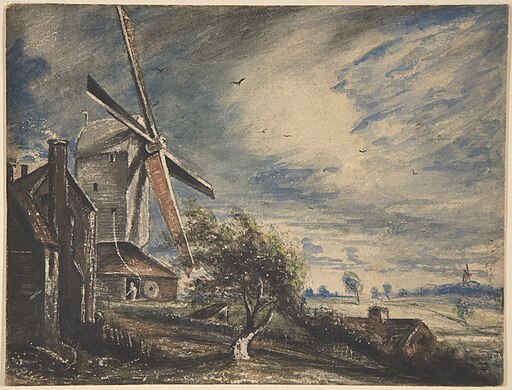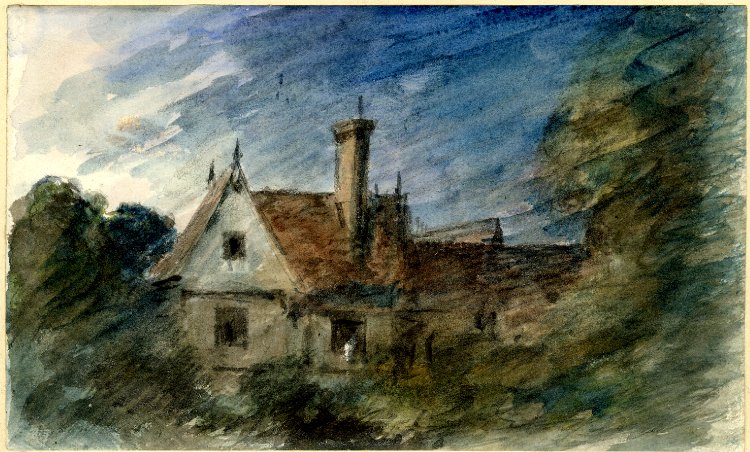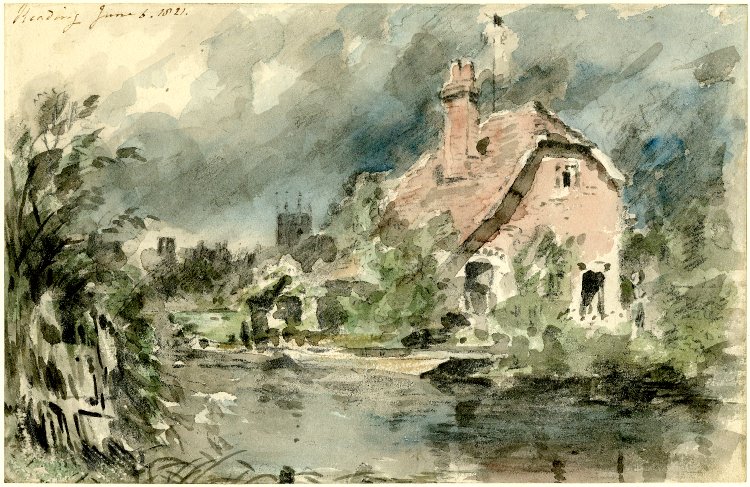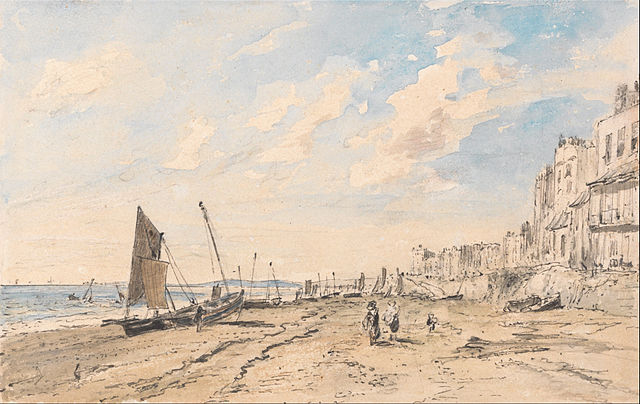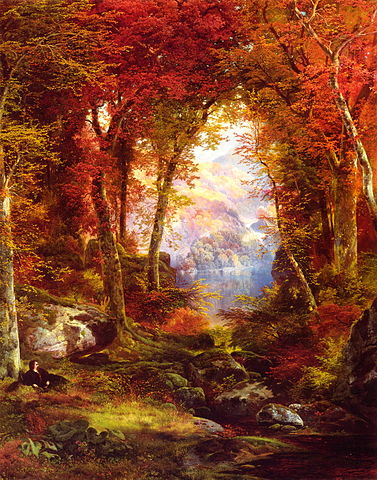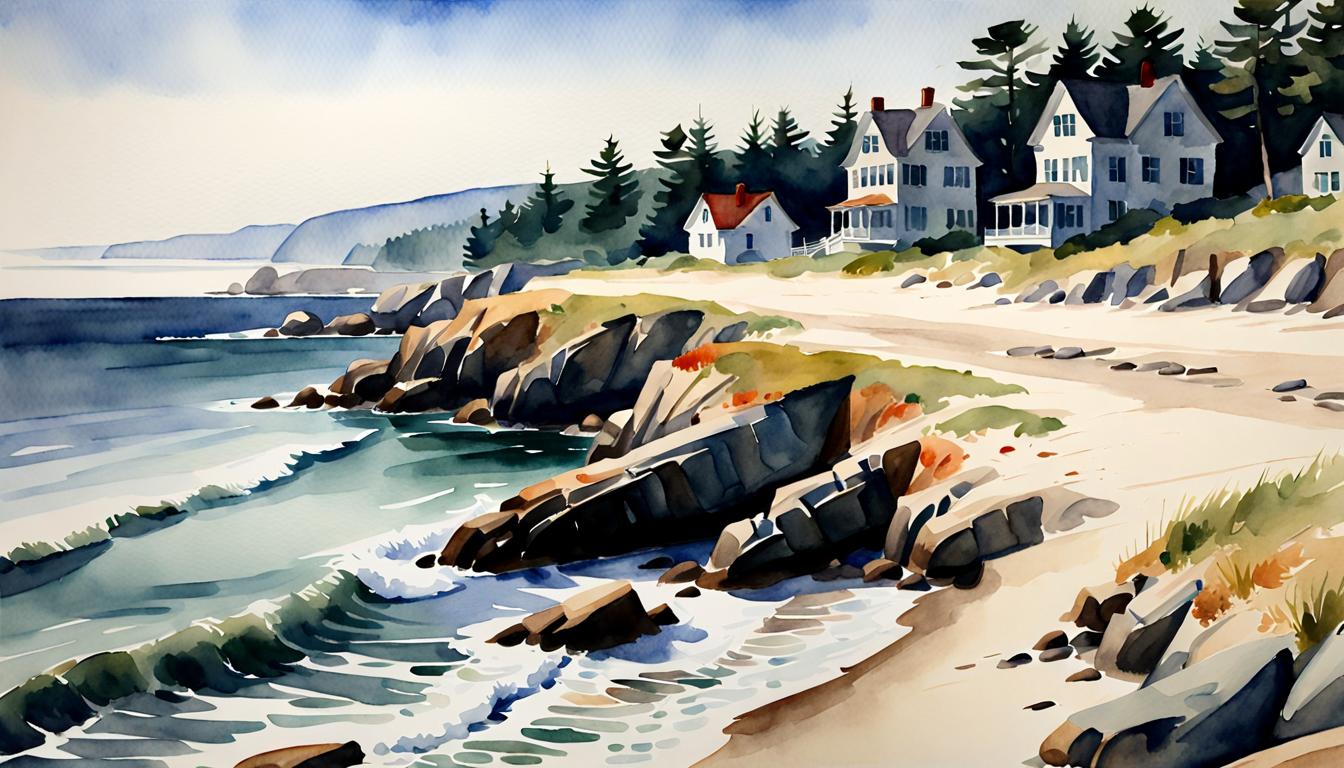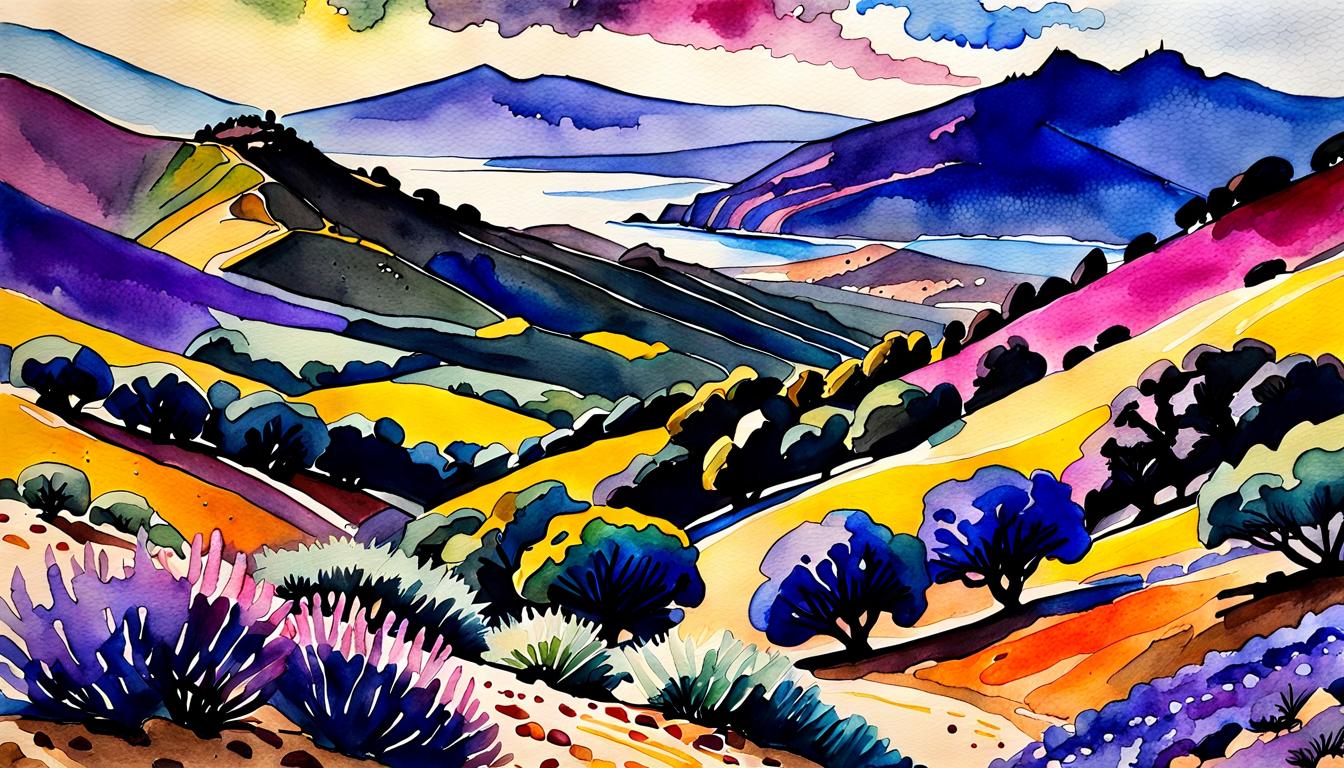John Constable, a prominent figure in the art world, is celebrated for his exquisite artworks that have left an indelible mark on the landscape painting genre. His exceptional use of watercolor as a medium has garnered admiration from art enthusiasts and scholars alike, showcasing his mastery in capturing the essence of nature. In this article, we delve into the fascinating world of John Constable’s watercolors, unraveling his techniques, themes, and profound impact on art history.
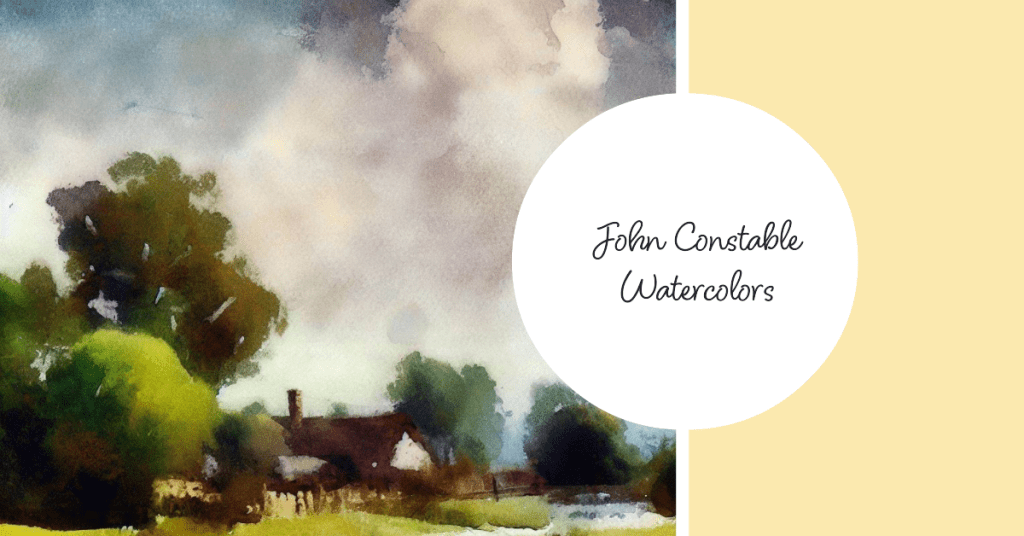 ai art” class=”wp-image-1505″/>
ai art” class=”wp-image-1505″/>Biography of John Constable
- Early life and artistic influences: Constable’s formative years were spent in the scenic countryside of Suffolk, England, which deeply influenced his artistic vision. He drew inspiration from the picturesque landscapes that surrounded him, fueling his passion for depicting the natural world.
- Education and training: Constable’s artistic journey led him to the Royal Academy of Arts in London, where he honed his skills and expanded his horizons. His dedication to capturing the beauty of the English countryside was evident even during his formal education.
- Major artistic achievements and contributions: Constable’s dedication to authenticity and his innovative approach to landscape painting set him apart. His watercolors and oil paintings both showcased his commitment to naturalistic representation and emotive expression.
- Connection between Constable’s watercolors and his broader body of work: Constable’s watercolors were not merely studies for his oil paintings; they were artworks in their own right. They provide a unique insight into his creative process and his unwavering connection to nature.
Constable’s Watercolor Techniques
- Overview of Constable’s approach to watercolor painting: Constable approached watercolors with the same level of intensity and dedication as his oil paintings. He aimed to capture the transient qualities of light, weather, and atmosphere in his artworks.
- Discussion of his preferred materials: Constable meticulously chose his pigments, brushes, and paper to achieve the desired effects in his watercolors. His selection of high-quality materials contributed to the longevity of his artworks.
- Exploration of his brushwork, layering, and blending techniques: Constable’s brushwork was both precise and expressive, allowing him to depict intricate details while maintaining the spontaneity of the medium. His layering and blending techniques resulted in captivating and lifelike renditions of nature.
- Importance of capturing light and atmosphere: A hallmark of Constable’s watercolors is his ability to capture the interplay of light and atmosphere. His meticulous observation of the changing conditions of the English sky and landscape led to artworks that evoke a sense of immediacy and authenticity.
For more insights into Constable’s techniques, you can refer to the Victoria and Albert Museum’s article on Constable’s Techniques and explore his brushwork and methods up close.
Themes in Constable’s Watercolors
- Focus on natural landscapes: John Constable’s watercolors are a testament to his profound connection with the rural scenes that characterized the English countryside. His paintings beautifully capture the tranquility of rivers, the serenity of meadows, and the ever-changing drama of clouds and skies.
- Expression of his deep connection: Constable’s watercolors are more than just depictions of nature; they are an expression of his deep emotional bond with the English countryside. Through his brushstrokes, he conveyed his love for the land and his desire to preserve its natural beauty for generations to come.
- Comparison to his oil paintings: While Constable is renowned for his oil paintings, his watercolors reveal a more immediate and spontaneous side of his artistic practice. The use of watercolors allowed him to experiment with light and atmosphere in a way that is distinct from his oil works.
Influence on Art and Artists
- Constable’s role in landscape painting: John Constable played a pivotal role in the evolution of landscape painting. His dedication to faithfully capturing the nuances of the natural world set new standards for the genre, inspiring artists to focus on the beauty of their surroundings.
- Influence on subsequent generations: Constable’s techniques and artistic philosophy resonated with later generations of artists, shaping the course of art history. His emphasis on authenticity and his devotion to nature continue to influence landscape painters and admirers today.
- Modern artists inspired by Constable: The echoes of Constable’s artistic legacy can be seen in the works of modern artists who draw inspiration from his watercolors. His ability to evoke emotion through his landscapes continues to captivate and inspire artists exploring the relationship between nature and art.
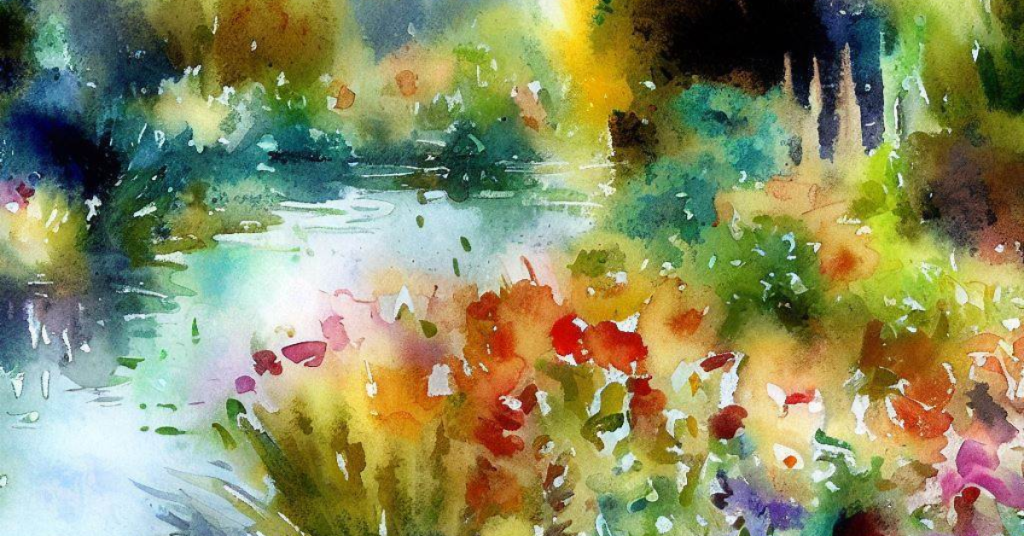
Here are 10 artists who were inspired by John Constable:
- Camille Corot (1796-1875) was a French landscape painter who is considered one of the founders of the Barbizon School. He was inspired by Constable’s use of light and atmosphere, and his paintings often feature soft, hazy effects.
- Jean-François Millet (1814-1875) was another member of the Barbizon School. He was known for his paintings of peasant life, and his work often featured a strong sense of realism.
- Charles-François Daubigny (1817-1878) was a French landscape painter who was also a member of the Barbizon School. He was known for his paintings of the River Seine, and his work often featured a loose, Impressionistic style.
- Théodore Rousseau (1812-1867) was a French landscape painter who was also a member of the Barbizon School. He was known for his paintings of forests and meadows, and his work often featured a sense of mystery and atmosphere.
- Eugène Delacroix (1798-1863) was a French Romantic painter who was inspired by Constable’s use of color and light. His paintings often featured dramatic and emotional scenes.
- Gustave Courbet (1819-1877) was a French Realist painter who was also inspired by Constable’s work. His paintings often featured everyday scenes from rural life.
- Claude Monet (1840-1926) was a French Impressionist painter who was greatly influenced by Constable’s paintings of light and atmosphere. His paintings often feature quick, loose brushstrokes and a focus on the effects of light and color.
- Pierre-Auguste Renoir (1841-1919) was another French Impressionist painter who was inspired by Constable. His paintings often feature light and airy compositions and a focus on the beauty of everyday life.
- Alfred Sisley (1839-1899) was a French Impressionist painter who was also influenced by Constable. His paintings often feature landscapes with a soft, hazy atmosphere.
- David Hockney (born 1937) is a British painter who is known for his use of vibrant colors and his interest in photography. He has cited Constable as one of his major influences.
These are just a few of the many artists who were inspired by John Constable. His work had a profound impact on the development of landscape painting in the 19th century, and his influence can still be seen in the work of artists today.
Top 10 John Constable Watercolors
John Constable is more famous for his oil paintings, such as “Wivenhoe Park” (1816), “Dedham Vale” (1802), and “The Hay Wain” (1821). However, he started focusing on watercolors in 1829 and the list includes his notable watercolor works.
| Title | Description | Gallery |
|---|---|---|
| Seascape | A small watercolor painting of a stormy sea. The waves are crashing against the rocks, and the sky is dark and overcast. | Private collection |
| A Cottage near Reading | A watercolor painting of a small cottage in a rural setting. The cottage is surrounded by trees and fields, and the sky is overcast. | Private collection |
| A House amongst Trees | A watercolor painting of a large house surrounded by trees. The house is set in a clearing in the woods, and the sky is blue and sunny. | Private collection |
| Brighton Beach Looking West | A watercolor painting of Brighton Beach, looking west towards the English Channel. The beach is crowded with people, and the sea is calm and blue. | Private collection |
| Helmingham: The Silent Pool | A watercolor painting of a small pool in the grounds of Helmingham Hall in Suffolk. The pool is surrounded by trees, and the water is still and reflective. | Private collection |
| Landscape at East Bergholt | A watercolor painting of the Suffolk countryside near Constable’s birthplace. The painting depicts a field of crops, a winding river, and a church in the distance. | Private collection |
| Sky Study with Rainbow | A watercolor painting of a rainbow in the sky. The rainbow is bright and colorful, and it spans the entire width of the painting. | Private collection |
| Suffolk Landscape | A watercolor painting of a typical Suffolk landscape. The painting depicts rolling hills, fields, and trees. | Private collection |
| Trees in a Meadow | A watercolor painting of a group of trees in a meadow. The trees are tall and stately, and the meadow is covered in wildflowers. | Private collection |
| A Mill Near Colchester (1833) | larger watercolor painting of a mill on the River Colne in Colchester. The mill is surrounded by trees, and the river is calm and reflective. | Victoria and Albert Museum, London |
